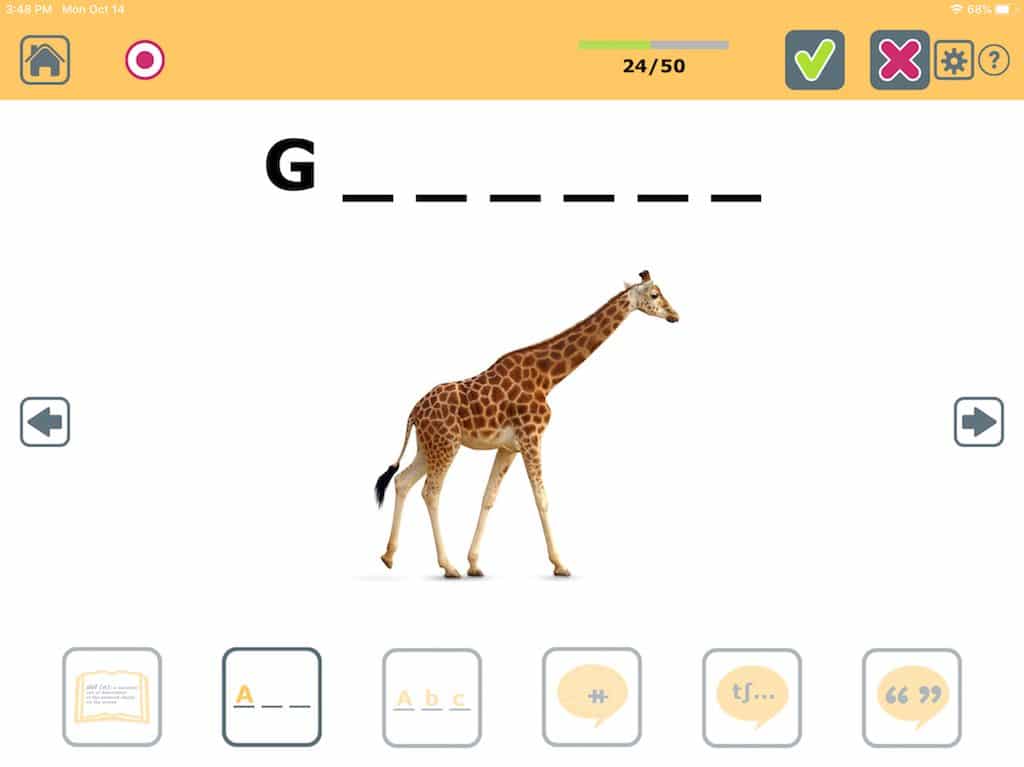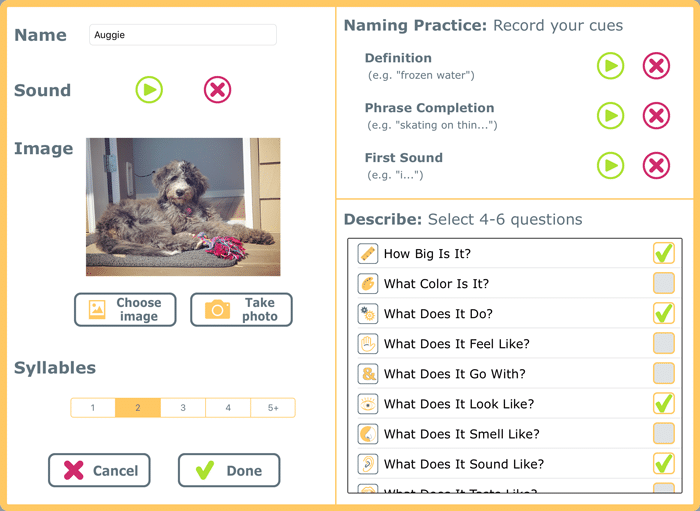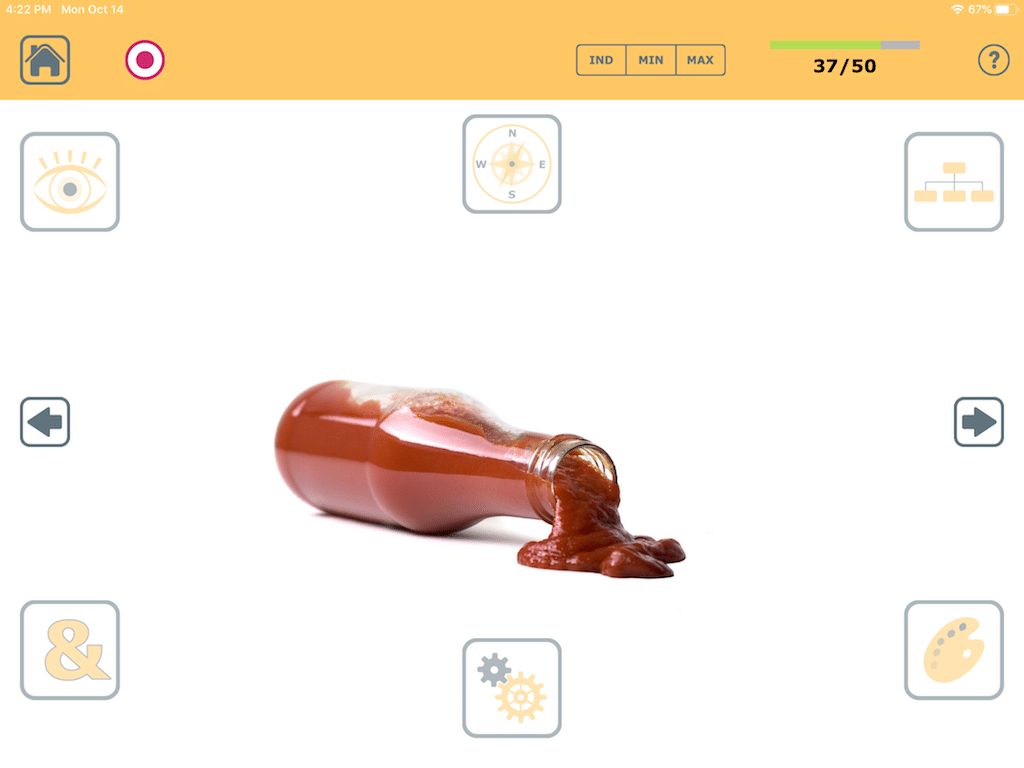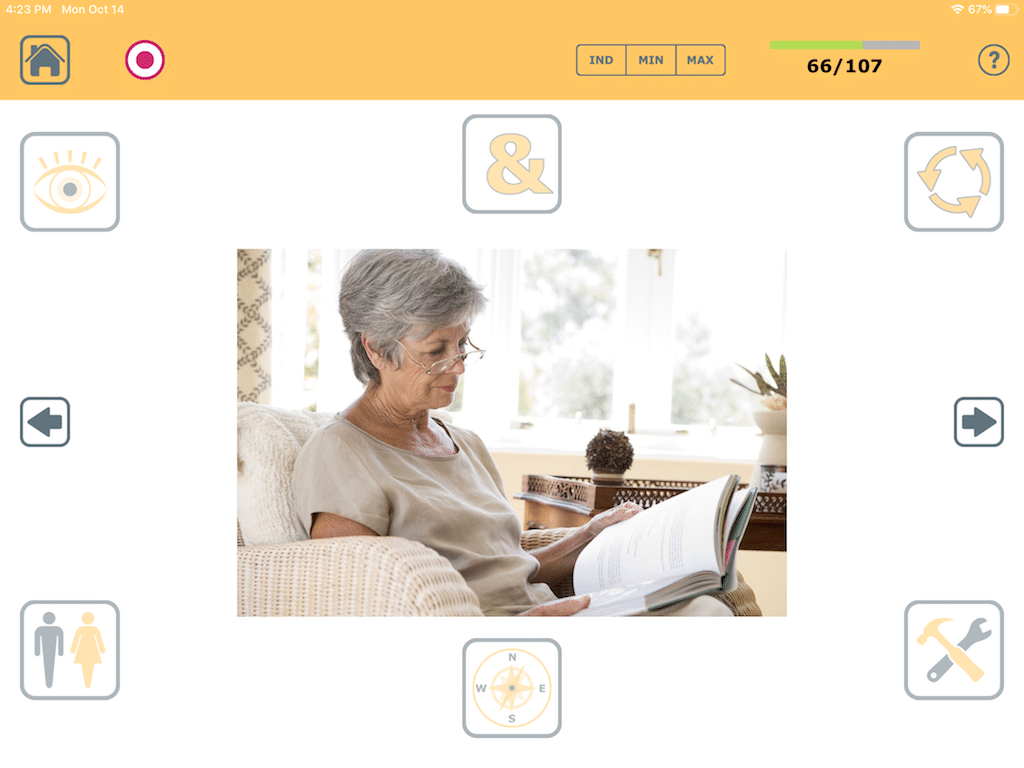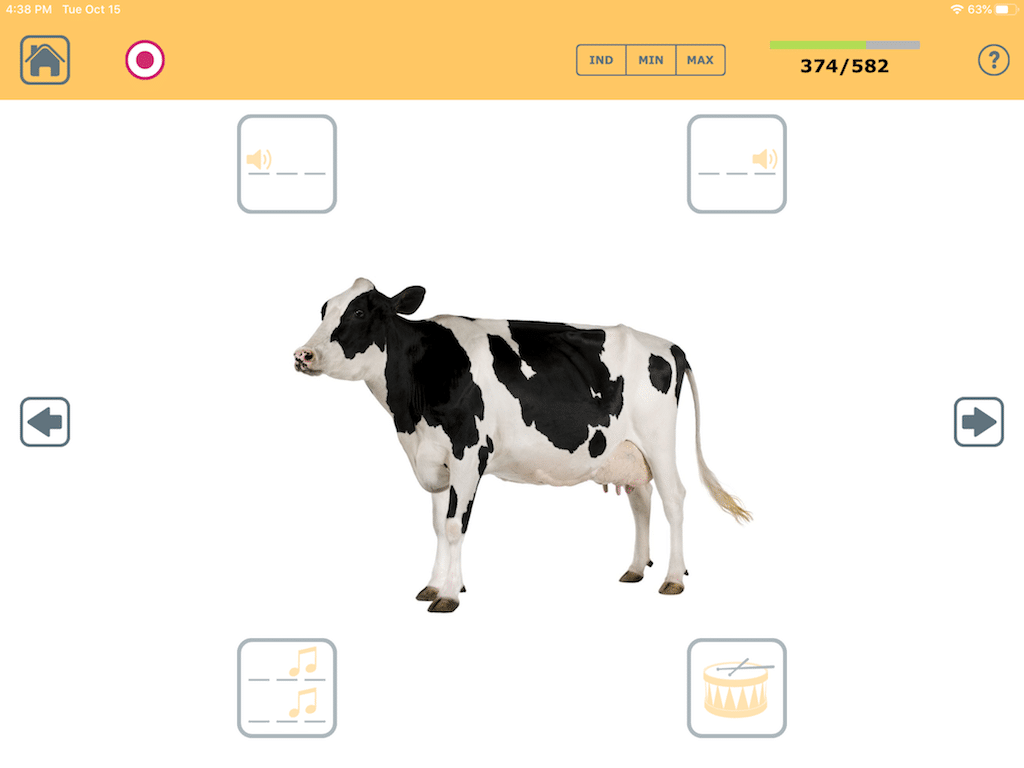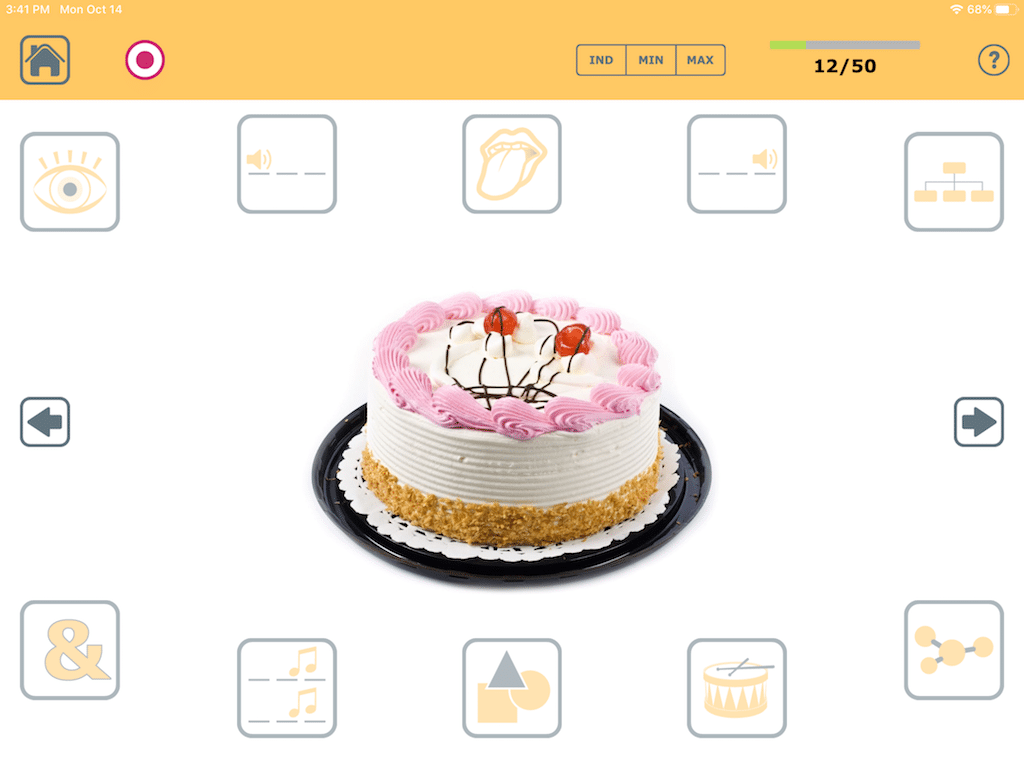Is this App Evidence-Based?
7 min read
A speech-language pathologist’s job is to provide clients with therapy that’s based on evidence. There’s good reason to believe a therapy will work if it’s been developed and tested through well-designed studies.
A speech-language pathologist has an ethical obligation to provide therapy that has a reasonable chance of achieving the desired outcome. Third-party funders often insist on it, and clients deserve it. There’s no sense in wasting everyone’s time and resources on activities that don’t work.
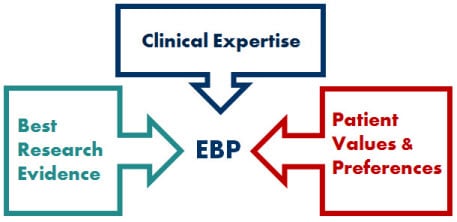
Bringing technology into therapy can be seen as changing the therapeutic approach. When a therapist uses an app to provide naming therapy, for example, people may ask, “Is that app evidence-based?” It’s a good question.
Or is it?
Often, introducing an app does not change the nature of the therapy. Rather than showing pictures on a card, the therapist shows pictures on a screen. What matters is what the therapist does with those pictures. What is the therapy technique?
The app is merely the stimulus. Did anyone ever ask whether the box of photo cards was evidence-based? Probably not. The photo flashcard apps available for download aren’t evidence-based, either. They’re tools used to provide the therapy, which is evidence-based.
Some apps provide more than stimuli, however. When an app has built-in therapeutic interactivity and can be used independently by the client, we have to look more closely at whether the app is designed on the basis of evidence. Are the activities the client is asked to do at home likely to help? Now is when we ask about evidence.
Computer-Aided Treatment for Aphasia
Let’s step back and consider whether computers, tablets, and software provide valid methods of delivering speech therapy.
There are still large gaps in the evidence for aphasia rehabilitation, but one area that has been thoroughly looked at is the use of computers in delivering aphasia therapy.
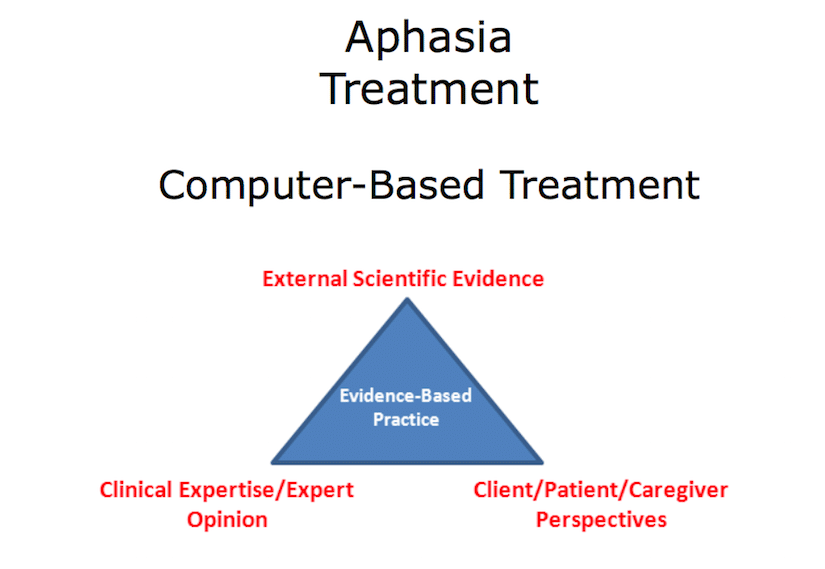
The American Speech-Language-Hearing Association has put together some wonderful evidence maps to guide the practice of speech-language pathologists. The evidence map for computer-based treatment of aphasia, for example, provides several practice guidelines, systematic reviews, and studies that all support the conclusion that computers can be effectively used to improve language deficits.
We can therefore trust that computers can be a good way to deliver therapy. Now let’s look at whether one popular app for aphasia therapy can be used to deliver evidence-based treatment.
Evidence-Based Naming Therapy for Anomia
Anomia, or the inability to recall words and names, is one of the most common, persistent, and frustrating aspects of aphasia for a person who has suffered a stroke.
A number of therapy techniques have proven effective in helping people with anomia recall the names of items, with varying levels of generalization from items they’ve been trained to name to items they haven’t been trained to name. Both semantic and phonological approaches have turned out to be helpful (Wisenburn, 2009).
Tactus Therapy Solutions has therefore developed an app to help both clinicians and families with naming therapy.
I always start my work by looking at the literature. I asked what people with aphasia needed to practice, to improve their naming skills. Which techniques could be automated, to allow people to practice more at home?
The answers to these questions resulted in Naming Therapy, an app that helps provide efficient, evidence-based therapy.
Naming Therapy
Say the right word more easily when you learn the strategies that help you communicate with this popular word-finding app.
Practicing Naming
Naming Practice, the first and most frequently used activity in Naming Therapy, uses an evidence-based technique known as cued naming. While many types of cues have been studied over the years, the evidence points to cueing hierarchies with multi-modal cues as the most effective to aid word retrieval.
Naming Therapy provides six steps of cueing, arranged in a hierarchy from least to most helpful. A mix of cue types are used:
- Semantic cues: one provides a definition, the other a partial phrase to complete
- Orthographic cues: one provides the first letter, the other a fully printed word
- Phonemic cues: one provides the first sounds, the other complete word pronunciation
The cues can be used in any order, allowing the client or the clinician to choose the order that works best.
Clients who are allowed to choose when and which cues to use quickly learn which cues are helpful, which are not, and which are too helpful. The clients are empowered to decide how long they want to struggle, and often start trying to cue themselves or ask for just the information they need.
Customizing Cues for Aphasia
Studies have shown the benefits of encouraging people with mild aphasia to create their own cues for recalling names (Freed, 1995). We also know that since generalization is limited, the words trained in therapy should be customized to the person’s needs.
One of the options built into Naming Therapy is customization.
The app allows the user to select words by category. The user can go into the settings to turn any word on or off. If the 700-plus nouns, verbs, and adjectives in the app aren’t what the client needs, the therapist and the client can add their own words and pictures with custom cues.
Providing Descriptions
Decades of research have looked at how teaching people to think about the semantic properties of a word helps them when trying to retrieve it. Semantic feature analysis (SFA) is a classic therapy technique that’s proven very effective (Boyle, 2010).
Naming Therapy includes a mode called Describe, which is based on semantic feature analysis. The user is shown a picture; asked questions about specific properties such as category, look, feel, or location; and encouraged to answer each question to create a description of the item. This description may either aid the user to produce the word, or help the listener to guess what it is.
Analyzing Semantic Features in Verbs
More recent work has shown us that using SFA with action words is an effective way to help clients master targeted verbs (Wambaugh, 2014).
Tactus Therapy developed action-appropriate cues for more than 100 verbs and put them in Naming Therapy. These cues encourage clients with aphasia to use semantic feature analysis to retrieve action words as well.
Analyzing Sounds to Help Word Finding
Phonological components analysis (PCA) is a technique for helping a client with aphasia retrieve a word by thinking about how the word sounds (Leonard, 2008). It’s not used as often as semantic feature analysis, because it’s a newer technique and not as well known.
To make this evidence-based therapy technique more accessible to working clinicians, Tactus has included PCA in Naming Therapy. The therapist or client can go into the app’s settings to turn on the sound cues for Describe.
Which Cues to Use for Anomia?
A recent study presented pictures and cues to people with aphasia in a way that closely resembled the methods used by Naming Therapy (van Hees, 2013).
Seven out of eight of the subjects made significant gains with phonological components analysis, regardless of whether their naming deficits were semantic or phonological. Four out of eight improved with semantic features analysis; these four subjects all had phonological impairments.
Working clinicians can replicate the study’s treatment design by using the sound and meaning cues in the Describe mode of Naming Therapy. This will allow them to use their valuable skills and limited time to determine the nature of their clients’ deficits, and the best treatment approach, then implement the therapy via an inexpensive app that offers ready access to stimuli and cues.
Start Using Naming Therapy Now
Naming Therapy is available to everyone as an affordable, stand-alone app for both iOS and Android devices, or as part of the comprehensive aphasia therapy app called Language Therapy 4-in-1. Learn 10 creative ways you can use Naming Therapy at home or in the clinic to help with anomia.
Research conducted at Cambridge and published in the journal Neuropsychological Rehabilitation shows people with chronic aphasia who used Language Therapy 4-in-1 daily made significant improvements in their language abilities. Read more.
Naming Therapy
Say the right word more easily when you learn the strategies that help you communicate with this popular word-finding app.
References
To read more about the studies that have provided the evidence on which Naming Therapy is based, please look at the following references:
Abel, S., Schultz, A., Radermacher, I., Willmes, K., & Huber, W. (2005). Decreasing and increasing cues in naming therapy for aphasia. Aphasiology, 19(9), 831–848.
Boyle, M. (2010). Semantic feature analysis treatment for aphasic word retrieval impairments: What’s in a name? Topics in Stroke Rehabilitation, 17(6), 411–422.
Freed, D. B., & Marshall, R. C. (1995). The effect of personalized cueing on long-term naming of realistic visual stimuli. American Journal of Speech-Language Pathology, 4(4), 105–108.
Leonard, C., Rochon, E., & Laird, L. (2008). Treating naming impairments in aphasia: Findings from a phonological components analysis treatment. Aphasiology, 22(9), 923–947.
Linebaugh, C. W., Shisler, R. J., & Lehner, L. (2005). CAC classics: Cueing hierarchies and word retrieval: A therapy program. Aphasiology, 19(1), 77–92.
van Hees, S., Angwin, A., McMahon, K., & Copland, D. (2013). A comparison of semantic feature analysis and phonological components analysis for the treatment of naming impairments in aphasia. Neuropsychological rehabilitation, 23(1), 102–132.
Wambaugh, J. L., Mauszycki, S., & Wright, S. (2014). Semantic feature analysis: Application to confrontation naming of actions in aphasia. Aphasiology, 28(1), 1–24.
Wisenburn, B., & Mahoney, K. (2009). A meta-analysis of word-finding treatments for aphasia. Aphasiology, 23(11), 1338–1352.
